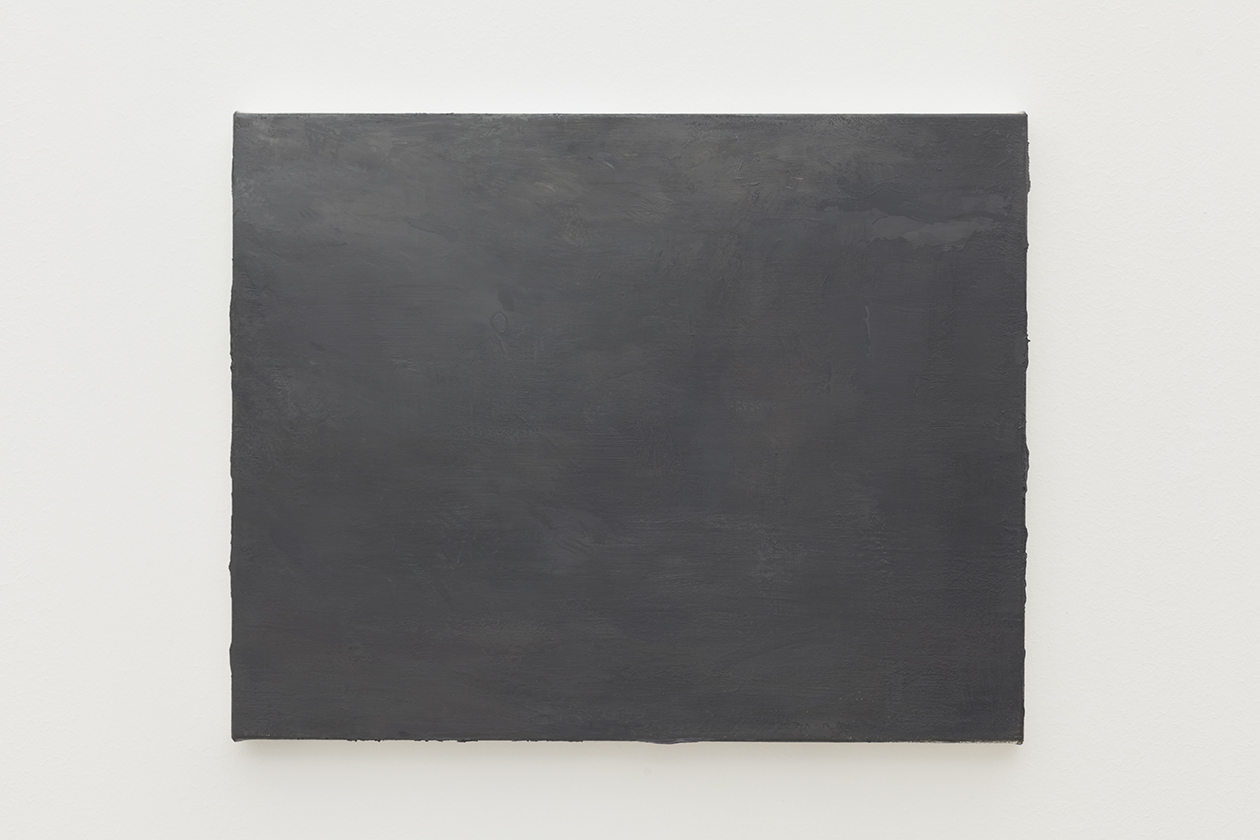An imaginary dialogue between Salvator Rosa and Gaspard Dughet
David Schutter
24 March 2016
On the occasion of Conversation Piece | Part 2, curated by Marcello Smarrelli at Fondazione Memmo, the artist David Schutter (USA, 1974) will guide visitors in a special and unique tour through the collections of the Galleria Nazionale D’Arte Antica di Palazzo Corsini in Rome, that will be held on Thursday, March 24 at 4pm. The visit will be introduced by Michele di Monte, Art Historian and Director of the Education Department of Palazzo Barberini and Galleria Corsini.
Schutter’s research has a highly distinctive historical approach, focused sometimes on minor episodes of art history that the artist tracks down and rebuilds with the minutia of an investigator. His attention was caught by a series of paintings by Salvator Rosa and Gaspard Dughet , both inspired by Poussin’s great painting and preserved in Palazzo Corsini, a place that Schutter has frequented for many weeks. In his studio at the American Academy in Rome, Schutter has “re-made” these source subjects in a 1-to-1 scale with like materials and without aide memoires, resulting in objects of inquiry that are both familiar and estranged. Less a test of memory, Schutter’ practice is more a phenomenological study that discusses the distances and problems encountered when making a painting. His questions elicit responses to how we re-stratify our knowledge of the past while developing representations of the present, how we can uncover circumscribed categories and make new knowledge from the experience, and how repeated questions come to be ultimately forms of description in a world where the past is often a difficult and arguable anteriority.
“Rosa and Dughet – explains David Schutter – suffer under the mythologies of archetype: Rosa is the passionate and unruly Neapolitan southern pole to Dughet’s cool north governed by neoclassical and French rationalism. It is an unfortunate split that continues, particularly as we look at the economic implications of north and south on a more global scale presently. Rosa was not Bernini, who was also a fellow émigré from Naples, but thriving by large commissions and an embrace of his bravura as an adopted Roman cosmopolitan. And Dughet was not Poussin, even if he studied under him, was his brother-in-law, and signed his paintings ‘Gaspard Poussin’. He certainly did not have Poussin’s independence of relying on important and bottomless private commissions. Rosa and Dughet risked the open middle market. They borrowed from each other forms and motifs, and while not adversaries, there was a mutual quiet disregard between them. This past year marks their 400th birthday. I think of these two painters of the Corsini pendants, as pendants themselves. Instead of placing them in the historical conversation of North and South, I am bending the poles in the exhibition at Fondazione Memmo, so that each side of the artist pendant faces one another obliquely.
Information:
Free entry. Reservations required
fondazionememmo@gmail.com
In collaboration with:
MiBACT
AMERICAN ACADEMY IN ROME

